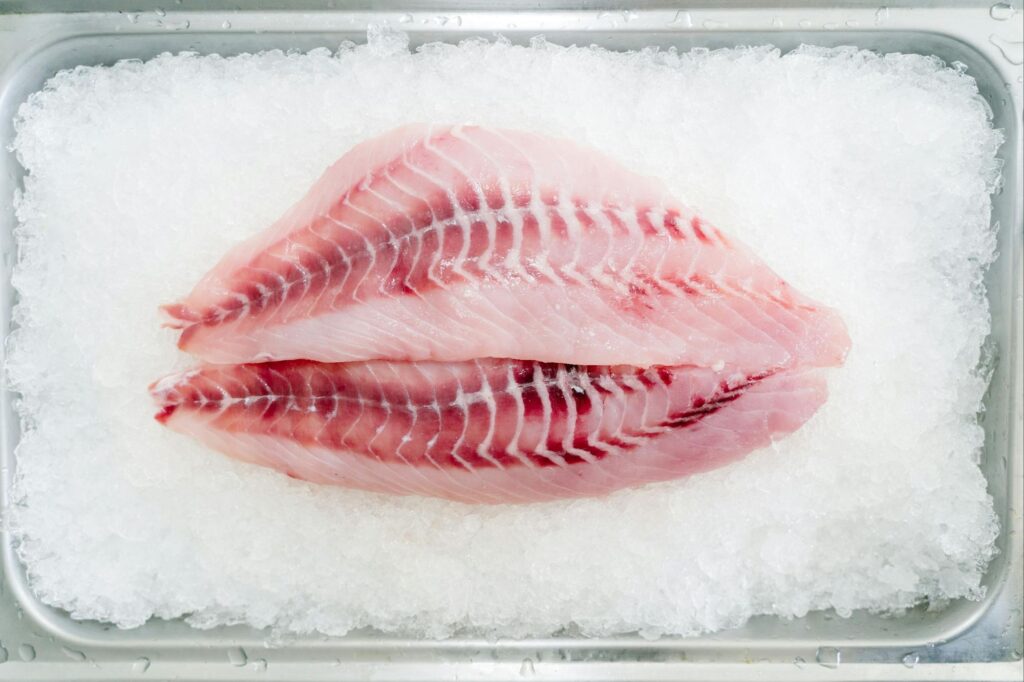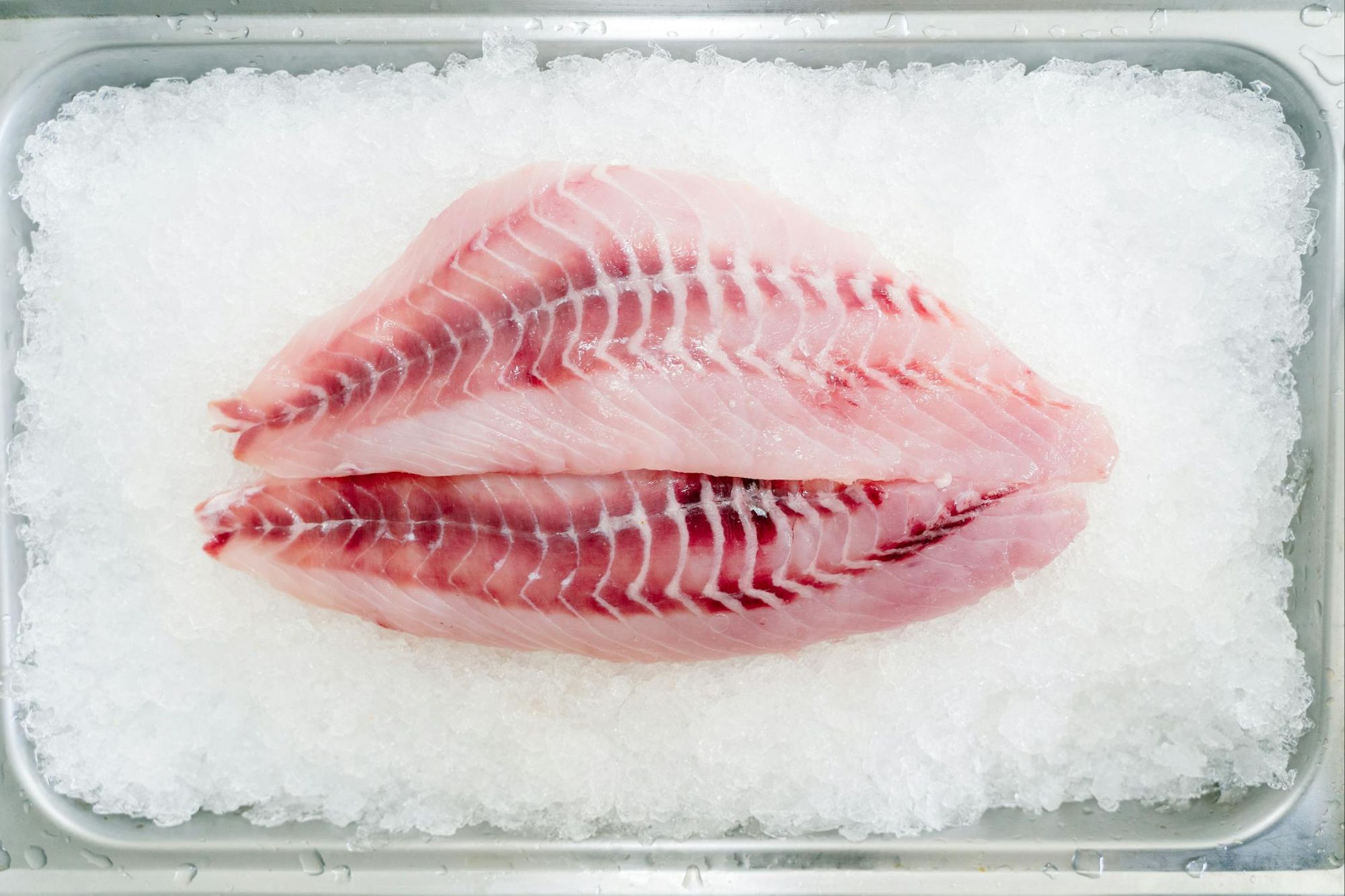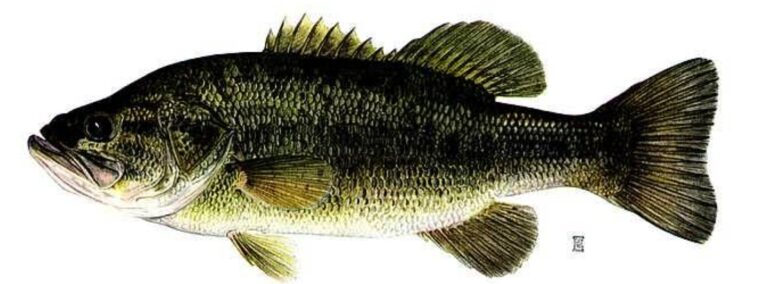A Step-by-Step Guide to Filleting Freshwater Fish

Freshwater fishing is not just a relaxing pastime; it can also provide delicious meals when you learn how to properly fillet your catch. Filleting fish is a skill that, with practice, can help you transform your fresh catch into delectable dishes. In this informative post, we’ll walk you through the step-by-step process of filleting freshwater fish.
Tools You’ll Need:
Before you start filleting, make sure you have the right tools on hand:
- Sharp fillet knife: A flexible, sharp knife designed for filleting is essential.
- Cutting board: Choose a stable, clean, and preferably non-slip surface.
- Latex or nitrile gloves: These can provide a better grip and keep your hands clean.
- A bowl of water: To rinse your knife and hands during the process.
- Plastic bags or a container for the fillets.
Step 1: Prepare the Fish
Start with a freshly caught fish. Ensure it’s scaled, gutted, and cleaned. Rinse the fish thoroughly, both inside and out, under cold running water.
Step 2: Secure the Fish
Place the fish on the cutting board, and if necessary, use a non-slip surface to prevent the fish from moving while filleting.
Step 3: Make the First Cut
Hold the fish firmly behind the gills with your non-dominant hand. Use your fillet knife to make a shallow, angled cut just behind the pectoral fin, down to the backbone.
Step 4: Cut Along the Backbone
Starting from the cut you made in step 3, run your knife along the backbone, keeping it as close to the spine as possible. Use gentle, smooth strokes, and let the knife do the work. As you progress, you should feel the ribs with the knife. Continue until you reach the tail.
Step 5: Free the Fillet
Once you’ve reached the tail, carefully cut through the fish’s skin and the connective tissue that attaches the fillet to the tail. Lift the fillet away from the fish.
Step 6: Flip and Repeat
Turn the fish over and repeat the process on the other side to remove the second fillet. If you’re not familiar with the anatomy, remember that the dorsal fin (the fin on the fish’s back) should be facing up when you start the second fillet.
Step 7: Remove Rib Bones
After you’ve removed both fillets, you’ll notice a line of small rib bones running along the center. Use your knife to carefully cut alongside the rib bones, lifting the rib cage away from the fillet.
Step 8: Skin the Fillet (Optional)
You can choose to leave the skin on or remove it. To remove the skin, make a small cut between the skin and the meat, then hold the skin with one hand while using your knife to gently separate it from the flesh.
Step 9: Rinse and Inspect
Rinse the fillets thoroughly with cold water to remove any remaining scales, bones, or debris. Inspect the fillets for any remaining bones or scales, and trim any undesirable parts.
Step 10: Store or Cook
You can cook the fillets immediately or store them in the refrigerator for later use. For long-term storage, consider vacuum-sealing or freezing the fillets.
Conclusion:
Learning how to fillet freshwater fish is a valuable skill for any angler or seafood enthusiast. With the right tools and practice, you can transform your catch into delicious meals. Remember that safety and cleanliness are essential, and the more you practice, the more proficient you’ll become at producing perfect fillets for your favorite recipes.






